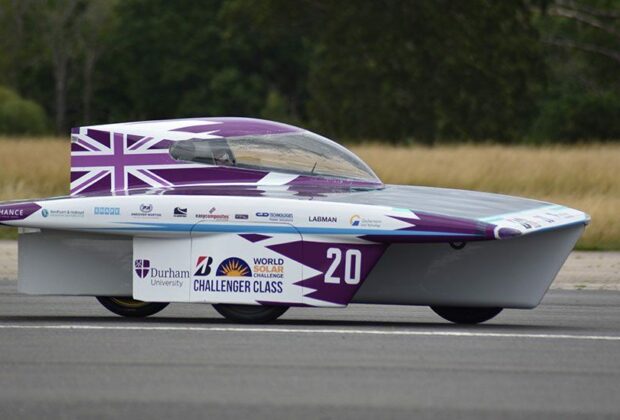A student-built solar-powered electric vehicle will compete in an international 3,000 km (1,864 mi) race in the Australian outback.
The Durham University team will compete in a three-wheeled vehicle that more than 50 students from an engineering society department designed over the course of 100,000 hours.
It has the power to create more than 75 km/h (47 mph) of travel.
Prof. David Sims-Williams, the project’s faculty advisor, called it a “great opportunity” to turn ideas into reality.
Success necessitates bold, creative designs that also function in the actual world, he claimed.
On October 22, the Bridgestone World Solar Challenge begins in Darwin and ends five days later in Adelaide. The cars are scheduled to complete the track in 50 hours.
Durham’s car will compete in the Challenger Class, where cars begin with 10% of the energy they use stored in battery packs and the remaining 90% produced by solar energy.
Entrants had to create vehicles that consume less energy because the size of solar panels is restricted and only provides roughly half the power of a hairdryer.
The vehicle, known as DUSC23, weighs about 170kg (374 lb) and is built of Kevlar and lightweight carbon fibre.
In-wheel motors increase efficiency by doing away with the need for a gearbox and other mechanical parts, according to the university.
Serica Energy’s chief executive, Mitch Flegg, expressed his company’s admiration for Durham’s “brilliant engineering and scientific collaborations” and inventiveness.
He said that they had surmounted “huge obstacles to design and construct this one-of-a-kind vehicle from scratch, and to extremely exacting specifications.”
Bridgestone North stated that it wished to promote “innovation and sustainability in the transportation sector”.








